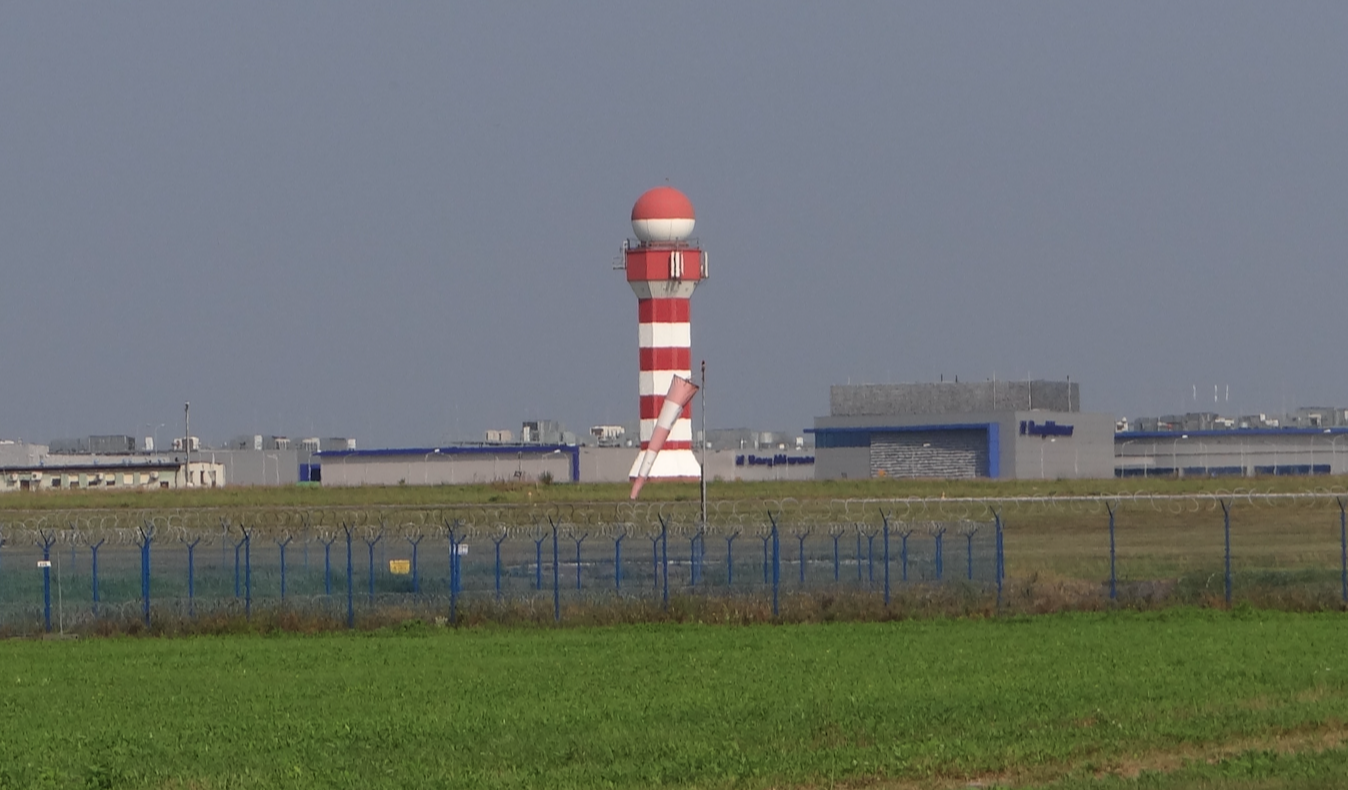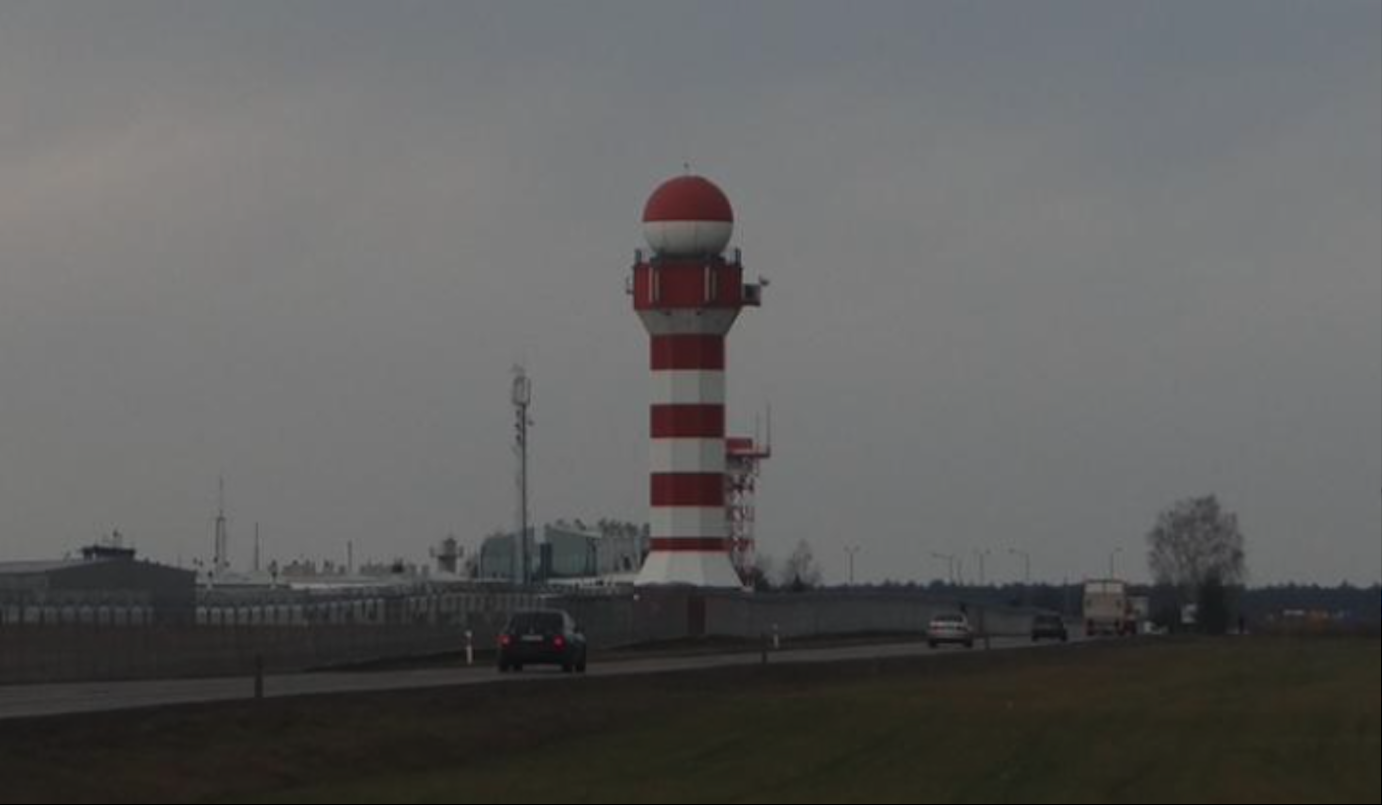Kraków 2014-01-21
Aviation radars.
Radiolocation.
Radiolocation is one of the techniques used in navigation. Radiolocation uses the straightness of propagation of electromagnetic waves and the phenomenon of their reflection from obstacles. Thanks to this, it is possible to locate, track and determine the position of airborne objects. Radiolocation is divided into: Active – radar (radiolocator) sends a radio signal and receives a radar echo (reflected signal) or a response signal sent by a flying object. Passive – the radar device (radio direction finder, radio compass, passive radar (PCL)) only receives radio waves.
In radiolocation, the most popular is the radiolocation station, commonly referred to as radar. The latest radars are able to determine the three-coordinates of the detected object; azimuth (direction), elevation (ceiling), distance of the object from the radar device. Often such radars are called 3D.
The coordinates of the location of the object in space are obtained thanks to a highly focused beam of electromagnetic radiation (in radiolocation, microwaves are mainly used, because the shorter the wavelength, the easier it is to build an antenna producing a beam of radiation with a high degree of energy concentration). The coordinates are determined by measuring the azimuth of the object.
The distance of the object from the radar device is determined on the basis of measuring the time necessary to travel the distance from the radar device to the detected object and back by the electromagnetic signal emitted from the antenna.The ceiling of a moving object is determined by the 3D radar itself. On the other hand, the 2D radar determines by means of a second device, which is a radar-radio altimeter, or by a response device mounted on the aircraft (transponder).
The Doppler phenomenon is used to determine the parameters of the motion of objects in space, in particular to determine the relative speed and to distinguish between fixed and moving objects.
It is worth mentioning that the effective reflection surface is the basic parameter enabling radar detection. This indicator is given in m2. For example; a fighter aircraft has an area of 3-5 m2, an average bomber aircraft has an area of 7-10 m2, a passenger plane B 737 has an area of 30 m2, a transport aircraft 50 m2, a commercial B 747 aircraft 60 m2, a stealth aircraft less than 1 m2, and a man 0.8 m2.
Meteorological (weather) radar.
From the point of view of commercial aviation, weather radars are the most important. The 1960s painfully proved that it was impossible to build an aircraft capable of operating in "all weather conditions". (The USAF loss of six F-111s in Vietnam due to weather conditions is a good example.) Each meteorological phenomenon reflects part of the electromagnetic wave. Based on this information and the radar memory library, dense clouds, precipitation, wind direction and strength are graphically displayed on the radar screen (gauge). Technically, the weather radar is a variation of the primary PSR radar.
Written by Karol Placha Hetman


